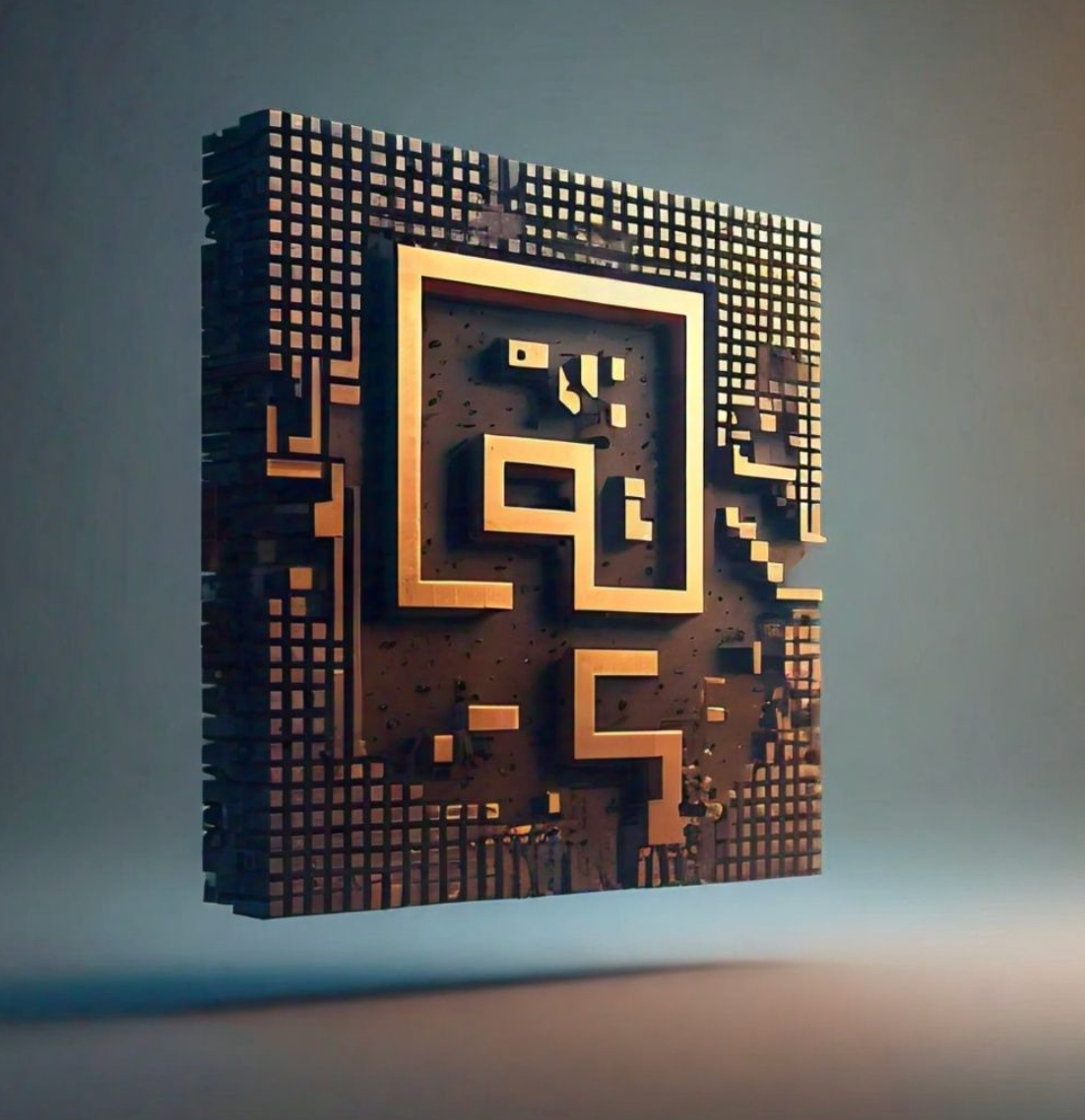154 reads
Increased LLM Vulnerabilities from Fine-tuning and Quantization: Appendix
by
October 17th, 2024
Audio Presented by

The precision pioneer! Quantization unlocks new possibilities in a world where precision meets efficiency!
Story's Credibility

About Author
The precision pioneer! Quantization unlocks new possibilities in a world where precision meets efficiency!